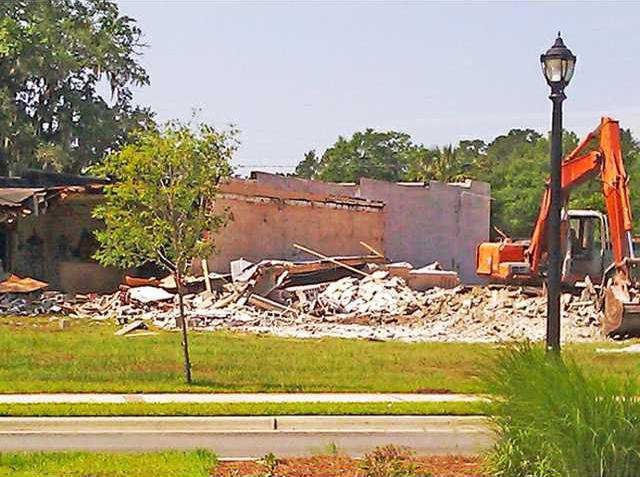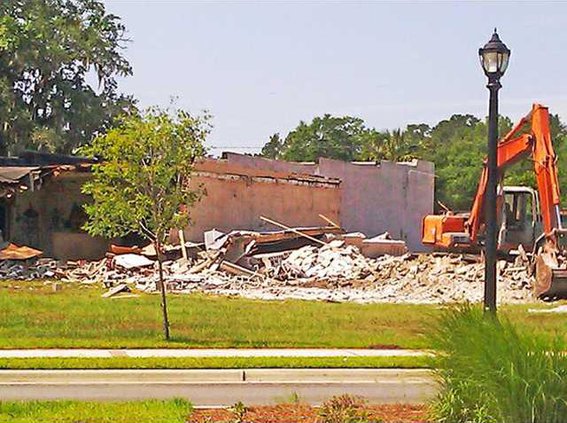A Community Development Block Grant is helping Hinesville clean up slum and blighted areas, Assistant City Manager Kenneth Howard said.
Howard said Hinesville is considered an entitlement community, which qualifies it for a block grant administered through the U.S. Department of Housing and Urban Development. The city submits an action plan each year explaining how the funds will be used.
Grant funds have to be used to benefit low-to-medium-income individuals or to eliminate slum or blighted areas in the community, he said. The city has been using the grant funds for years to support special projects like the construction of Irene Thomas Park.
“Last year, the mayor and (city) council wanted to see how we could eliminate old, abandoned structures,” Howard said. “So I looked into expanding the code-enforcement program. It allows people who have dilapidated property to get rid of it. ... We budgeted $30,000 for the first year to see how well it works.”
He said there is an application process that gives priority to low- and moderate-income individuals who have dilapidated structures on their property. The first thing the city does is send its inspections department to verify that the structure is uninhabitable. If it is, a contractor then tests the structure for contaminated materials, such as lead paint or asbestos.
Howard said the inspections department has identified about 10 commercial structures in the city that are dilapidated and is conducting an inventory of residential structures that need to come down.
He said a survey conducted years ago by the Liberty County Historical Society identified all properties within the city that have historical significance. That information ensures the city doesn’t accidentally destroy a historic structure.
Howard explained that during the construction of Memorial Drive, they found some old commercial property that was cleaned up using three Brownfield Grants grants, administered through the Environmental Protection Agency. Three underground storage tanks were safely removed, and the site was tested and monitored for water and soil contamination.
For code-enforcement program grants, the cost to destroy an old structure is estimated by contractors from a list the city uses. These contractors determine the cost of destruction based on a structure’s square footage and the type of material, Howard said. The lowest bidder gets the contract for approved applications.
For low-to-moderate-income landowners, grant funds for a deferred-payment loan are given for the full cost of the structure’s destruction. The loan is deferred for five years for loans up to $15,000 and 10 years for loans more than $15,000, he said.
For low-income applicants, 20 percent of the loan balance simply goes away for every year of the five-year loan. For a 10-year loan, he said 15 percent of the balance goes away each year.
In this first year, the city manager said, the city has helped two low-income individuals destroy old structures on their property. The total cost for cleaning up these two structures was a little more than $10,000, he said.
Howard also said individuals who do not qualify as low- or moderate-income landowners still can apply for a low-interest loan through the block grant for up to 50 percent of the cost to destroy blighted structures on their property. The proceeds from the loan repayments are returned directly into the program, he said.
“The main objective is to remove slum and blighted property here in Hinesville,” he said. “We’re excited about it because it’s helping to clean up dilapidated structures.”
City helping raze blighted buildings
Grants for low-, moderate-income owners


Sign up for our e-newsletters